Colorado Roof Maintenance
Keeping your roof in great condition is about more than making your home look good. It's about protecting it from costly repairs down the road.
If you're dealing with roof issues and need "Roof Maintenance Near Me," we've got your back. We'll give you tips on prolonging your roof's life through regular maintenance and quick action when damage happens, tailored specifically for Colorado homeowners. From spotting early signs of wear to understanding how professional services can safeguard your roof from future troubles, we've got all the info you need.
You'll learn why regular roof upkeep isn't just a good idea—it's essential for catching problems before they escalate in Colorado's unique climate. Plus, we'll tackle tough topics like storm damage and the specific needs of cedar roofs, so you're prepared for anything that comes your way.
Find A Roofer
Fill out the form below and someone will get back to you as soon as possible
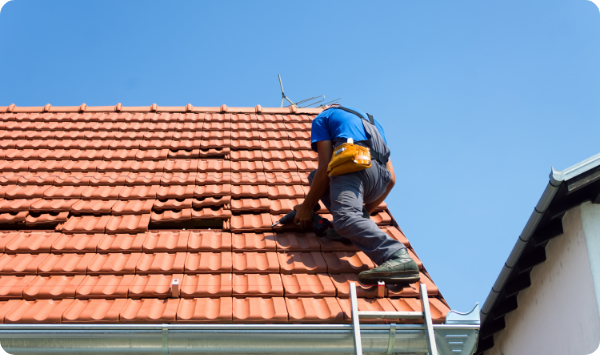
Understanding the Importance of Regular Roof Maintenance in Colorado
In Colorado, keeping up with your roof isn't just about appearances—it's vital for making it last longer and avoiding expensive repairs. Take asphalt shingle roofs, for example; they typically last 20-25 years, but you can stretch that even further with regular maintenance.
Regular upkeep involves routine inspections to catch common roof issues early. These checks help spot problems like missing or damaged tiles, which are especially crucial to tackle given Colorado's unpredictable weather. Ignoring these issues could lead to more significant problems down the line. By acting early, you not only save money in the long run but also ensure your home stays safe and dry.
Signs Your Colorado Roof Needs Attention
In Colorado, recognizing early signs of trouble in your roof is essential to stop minor problems from turning into major, expensive repairs. In this guide, we'll cover important warning signs that indicate your roof requires prompt attention, enabling you to respond promptly to preserve its structural integrity. This proactive strategy is particularly vital in Colorado's climate, where roofs frequently endure harsh weather conditions.
Identifying
Wear and Tear
Leak
Assessment
Gutter and Downspout
Maintenance
Professional
Inspections
Dealing with Storm Damage in Colorado
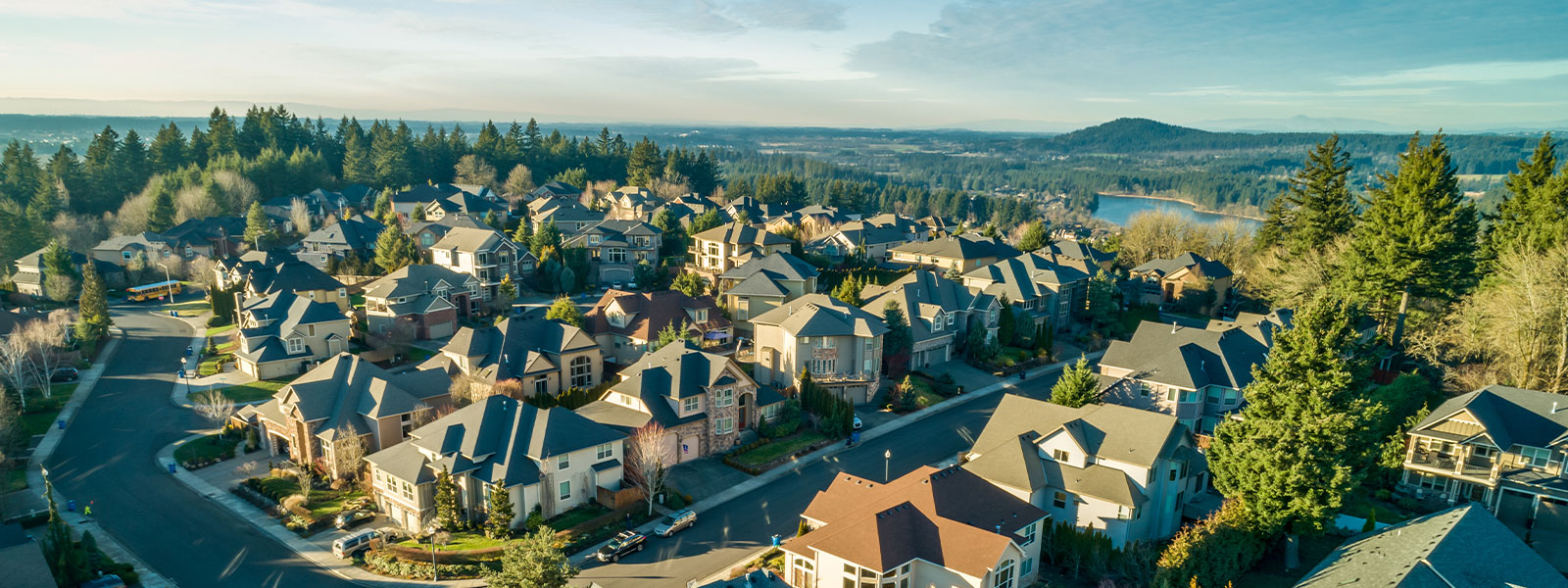
To effectively address storm damage, start by documenting all the damage for insurance claims. A thorough inspection can reveal the impact of hail and help prevent future water damage. If you notice loose granules or shingles that are buckling and curling, it's crucial to contact professionals for roof leak repair.
If you're unsure about the extent of the damage, consider reaching out to experts listed on the BBB's Storm Center. They offer guidance on handling emergencies and can connect you with reputable contractors capable of fixing everything from minor leaks to significant structural damage caused by Colorado's high winds or heavy rains.
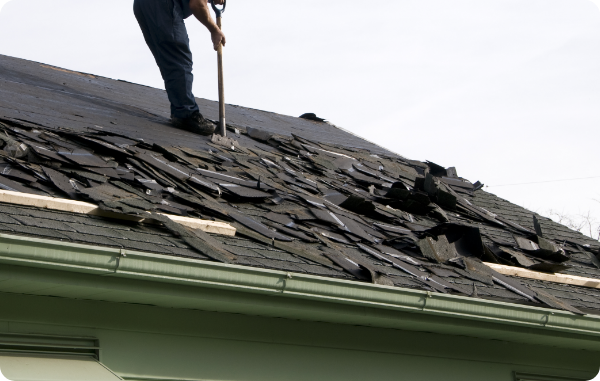
Emergency Response to Sudden Roof Damage in Colorado
Local roofing specialists are vital when dealing with emergency roof damage in Colorado. Their rapid availability and deep understanding of the state's weather patterns enable them to respond swiftly, which is crucial in emergencies where time is of the essence.
Colorado roofing contractors are familiar with the unique challenges the local climate poses, from intense thunderstorms to blistering heat waves. They can suggest the most suitable materials and repair techniques to withstand these conditions effectively.
By leveraging their specialized expertise and prompt availability, local Colorado roofing firms ensure that emergency repairs are executed efficiently and reliably, reducing the likelihood of additional damage to your property.
Cedar Roof Maintenance and Restoration Tips
The Process of Cedar Roof Restoration
Cedar roof restoration begins with a thorough inspection to identify damaged, warped, or missing shingles. This initial step is important as it determines the extent of restoration required.
Following the assessment, the next stage involves cleaning the cedar shingles to remove any dirt, moss, or algae built up over time. This cleaning boosts the roof's appearance and prevents further decay and damage.
After cleaning, specialists assess whether individual shingles need to be repaired or replaced. In many cases, minor repairs can significantly extend the life of a cedar roof, especially when addressed promptly.
For roofs showing signs of aging or severe wear, a protective sealant or stain is recommended. This treatment helps to preserve the cedar's natural oils, which are important for its durability and resistance to weather elements.
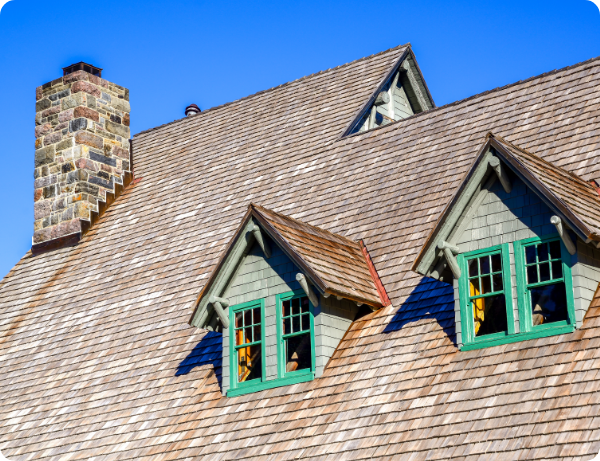
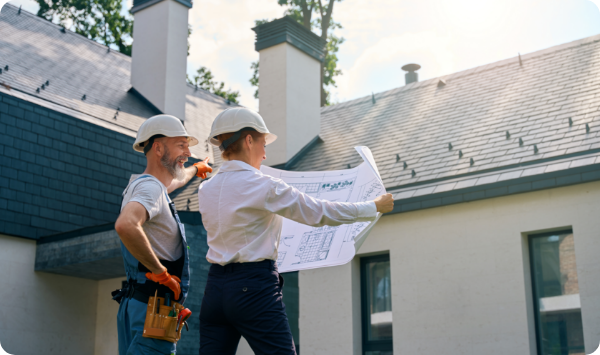
Choosing Professional Colorado Roof Maintenance Services Near You
Selecting the right professional for your roof maintenance or repair needs is vital for ensuring the longevity and performance of your roofing system. Here, we'll guide you through the key factors to consider when choosing a roofing service provider with the highest quality, reliability, and cost-effectiveness.
Evaluating Local Roofing Companies in Colorado
When evaluating local roofing contractors, several factors must be considered so you choose the best possible service for your needs. Here’s what to look out for:
-
Credentials and Licensing
Verify that the roofing contractor has the necessary credentials and is licensed to operate in your area. Proper licensing is a testament to their professionalism and knowledge of the local building codes and regulations.
-
Experience
Consider the length of time the contractor has been in business. An established track record of successful projects suggests reliability and expertise in handling a variety of roofing challenges.
-
References and Reviews
Ask for references or read online reviews from previous customers. This feedback can provide insight into the contractor’s work quality, reliability, and customer service.
-
Insurance
Make certain the roofing company carries liability insurance and worker’s compensation. This protects you from being held responsible for any accidents or damages that occur on your property during the project.
-
Warranty
Check whether the contractor offers a warranty on their workmanship and the materials they use. A warranty can give you peace of mind, knowing that your investment is protected if issues arise after the repair or maintenance work is completed.
-
Quote and Contract Clarity
A reputable roofing company should provide a detailed quote and a clear contract. This includes a breakdown of costs, the scope of work, timelines, and payment terms. Transparency in these documents helps avoid any misunderstandings or hidden costs.
-
Customer Service
Pay attention to the contractor’s communication and customer service from your initial inquiry. Prompt, courteous, and clear communication is a good indicator of the level of service you can expect throughout the project.
By taking these factors into account, you can make an informed decision when choosing a local roofing professional, ensuring quality repairs and maintenance that will stand the test of time.
Why Local Expertise Matters
Selecting a contractor who understands Colorado’s climate goes beyond finding someone skilled at spotting hail damage. It’s about having peace of mind, knowing their advice is rooted in experience with similar conditions.
Their familiarity with local Colorado regulations means they are well-versed in the building codes specific to your area. This ensures that any work done meets the required standards, helping you avoid problems during property inspections or when it comes time to sell your home.
Besides their technical know-how, hiring local support Colorado community businesses usually means quicker response times during emergencies caused by heavy rains or high winds. This is a crucial advantage when you need quick fixes to prevent further interior water damage until permanent repairs can be made.
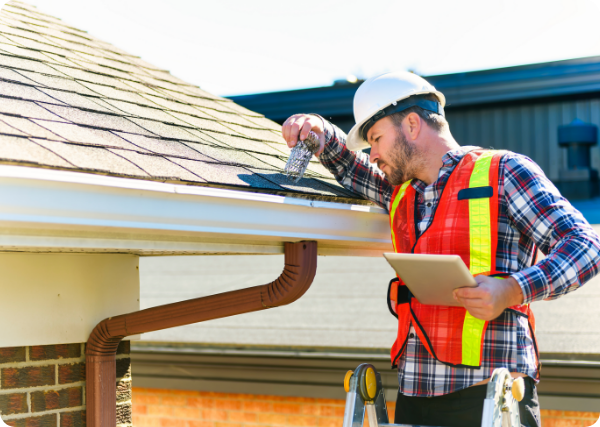
Preventative Measures for Extending Your Roof's Life
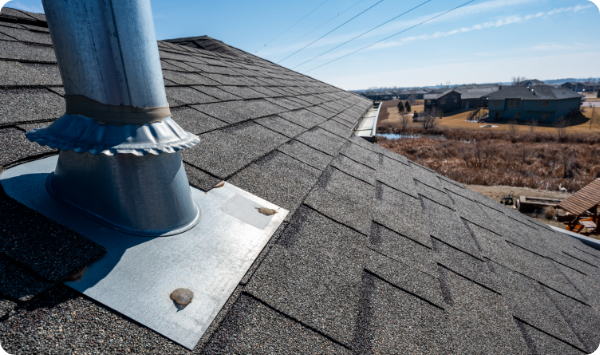
Ensuring Proper Attic Ventilation
Improving the airflow in your attic is paramount to prevent your roof from wearing out too quickly. A well-ventilated attic helps regulate temperature extremes from both hot and cold weather, significantly reducing the risk of moisture buildup. By achieving this equilibrium, we prolong the durability of our roofing elements and amplify the energy conservation across our living spaces.
Clogged or insufficient vents are a common problem behind poor attic conditions. Regularly clearing overhanging branches that may block airflow and doing routine gutter cleaning ensures continuous circulation that protects against dampness.
Clearing Overhanging Branches
Trimming any overgrown tree limbs above your house can save you from a world of hassle down the line. Falling branches during high winds or heavy rains pose an immediate threat by puncturing or scraping shingle surfaces leading to leaks or water damage.
Besides the obvious damage, overhanging branches can attract unwelcome guests like squirrels or birds, who may see your roof as a cozy nesting spot. This introduces additional risks for water infiltration around flashings as these critters seek warmth in attics during cooler months.
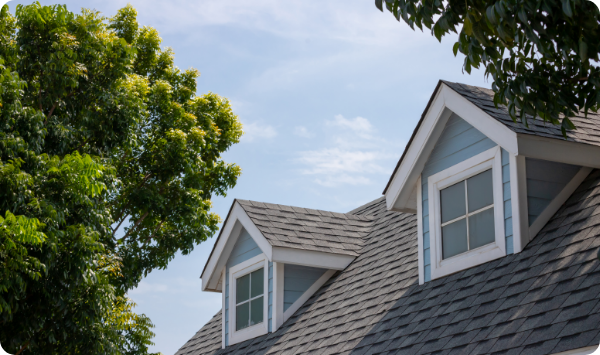
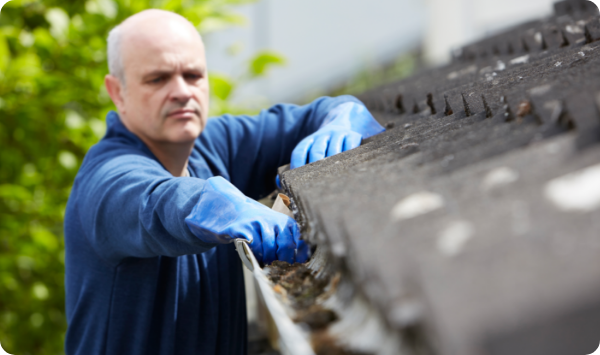
Regular Gutter Cleaning: A Must-Do Task
Gutters filled with leaves and debris fail to direct water away from your home’s foundation. When rainwater backs up due to clogs, it finds alternative paths along siding walls, eventually settling underneath shingles. This can cause rot or interior ceiling stains, indicating significant leaks have begun inside unnoticed.
Maximizing Insurance Claims for Roof Repairs
Documenting Damage Thoroughly
Before filing an insurance claim, it's important to document the extent of the damage. Take clear, high-resolution photos from various angles to capture all the damage. Noting the date and time can also provide context to your insurance company, making it easier to validate your claim.
Collect any pieces of shingles or other roofing materials that were damaged as evidence. This documentation can significantly expedite the insurance claims process and ensure a fair assessment of the damage.
Understanding Your Coverage
Review your homeowners' insurance policy to understand what types of roof damage are covered and any specific procedures required for filing a claim. Policies differ greatly, and certain types of damage may be excluded or only partially covered.
Knowing your deductible and whether your policy offers replacement cost value (RCV) or actual cash value (ACV) for roof damage will also affect your claim. In the event of confusion, do not hesitate to contact your insurance agent for clarification.
Working with Claims Adjusters
Once you report the damage to your insurance company, they will send an adjuster to inspect your roof and assess the damage. It’s beneficial to have your roofing contractor present during this inspection. They can provide a professional perspective on the damage and repair needs, potentially influencing the adjuster’s assessment.
Make sure the adjuster's and the contractor's inspections are done independently in order to compare notes effectively.
Filing the Claim
With documentation and an understanding of your coverage in hand, it’s time to file the claim. Provide all necessary information and documentation to your insurance company promptly.
Keep detailed records of all communications with your insurance company and adjuster, including dates, times, and conversation summaries. This can be critical if disputes arise.
Following Up
Insurance companies are handling numerous claims simultaneously, so proactive follow-up is critical. If you have not heard back within the specified timeframe, reach out for an update. Persistence makes your claim a priority and can lead to quicker resolution times.
Appealing Denied Claims
If your claim is denied or you're unsatisfied with the compensation, you have the right to appeal the decision. Review your insurance policy’s dispute process, and consider seeking assistance from a public adjuster or legal counsel specializing in insurance claims. They can offer valuable expertise and representation in negotiating with your insurance company.
By taking these steps, homeowners can maximize their insurance claims for roof repairs, ensuring their homes are restored to their pre-damage condition as efficiently and effectively as possible.
FAQs about Roof Maintenance
-
What is maintenance on a roof?
Regular maintenance includes inspecting, cleaning, and repairing your roof to prevent significant damages. Consider it akin to a check-up for your home's protective covering.
-
How do you fix a leaking roof from the inside?
To patch up leaks indoors, pinpoint the wet spot, apply roofing tar into the hole with a putty knife, and press plywood or a shingle against it. It’s a quick band-aid until help arrives.
-
How do you fix a flat roof?
Begin by clearing away any debris. Next, apply roofing cement to seal cracks or blisters, pressing down new material as necessary. Ensure a smooth application to facilitate easy water runoff.
-
How do I fix my roof?
Detect damage early—look for leaks or missing shingles. Small fixes? Handle them yourself with caulk or sealant. Bigger issues call for calling in the pros before things get worse.
The Importance of Proactive Roof Maintenance for Home Safety
Ensuring your roof remains in optimal condition is not just about maintaining the aesthetics of your home but about safeguarding the comfort and safety of your living space. From carefully selecting a seasoned professional for repairs to regular checks and proactive maintenance, every step contributes to the lifespan and efficiency of your roof. It's a shield against the elements, and its care should never be sidelined.
Remember, the cost of prevention invariably pales in comparison to the expense of neglect. By taking these guidelines to heart, homeowners can enjoy peace of mind, knowing their roof is well-equipped to protect their home through seasons and storms.
Find A Roofer
Fill out the form below and someone will get back to you as soon as possible